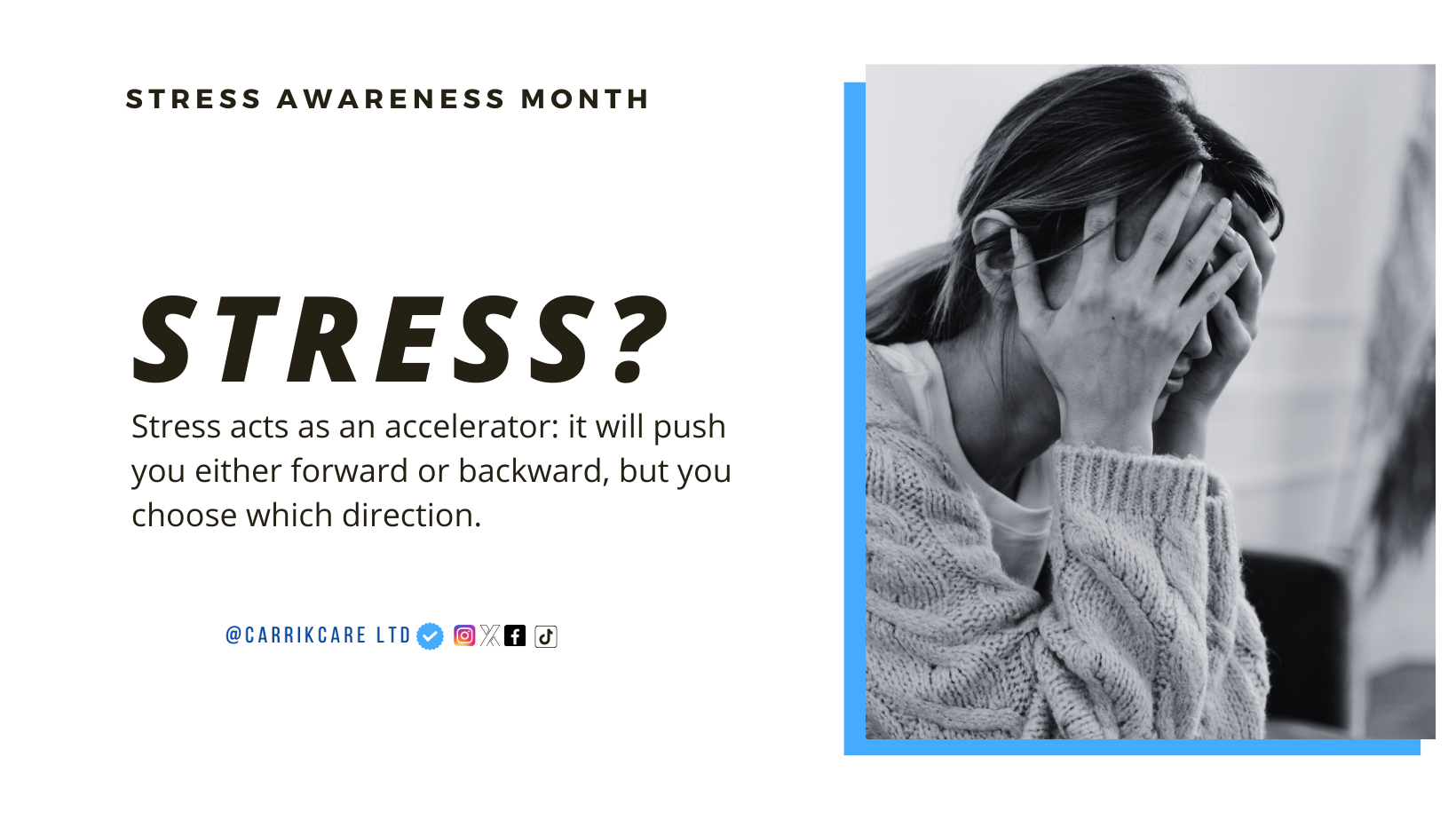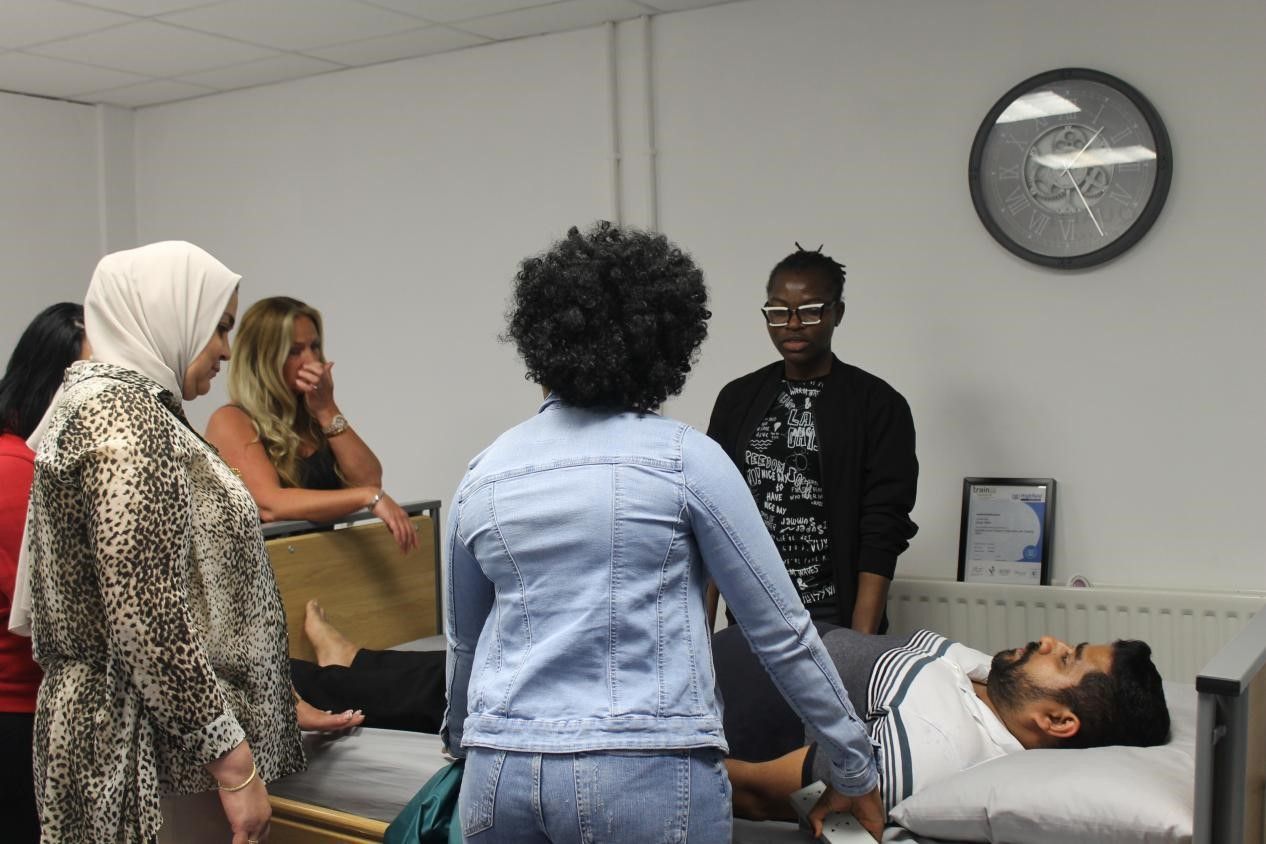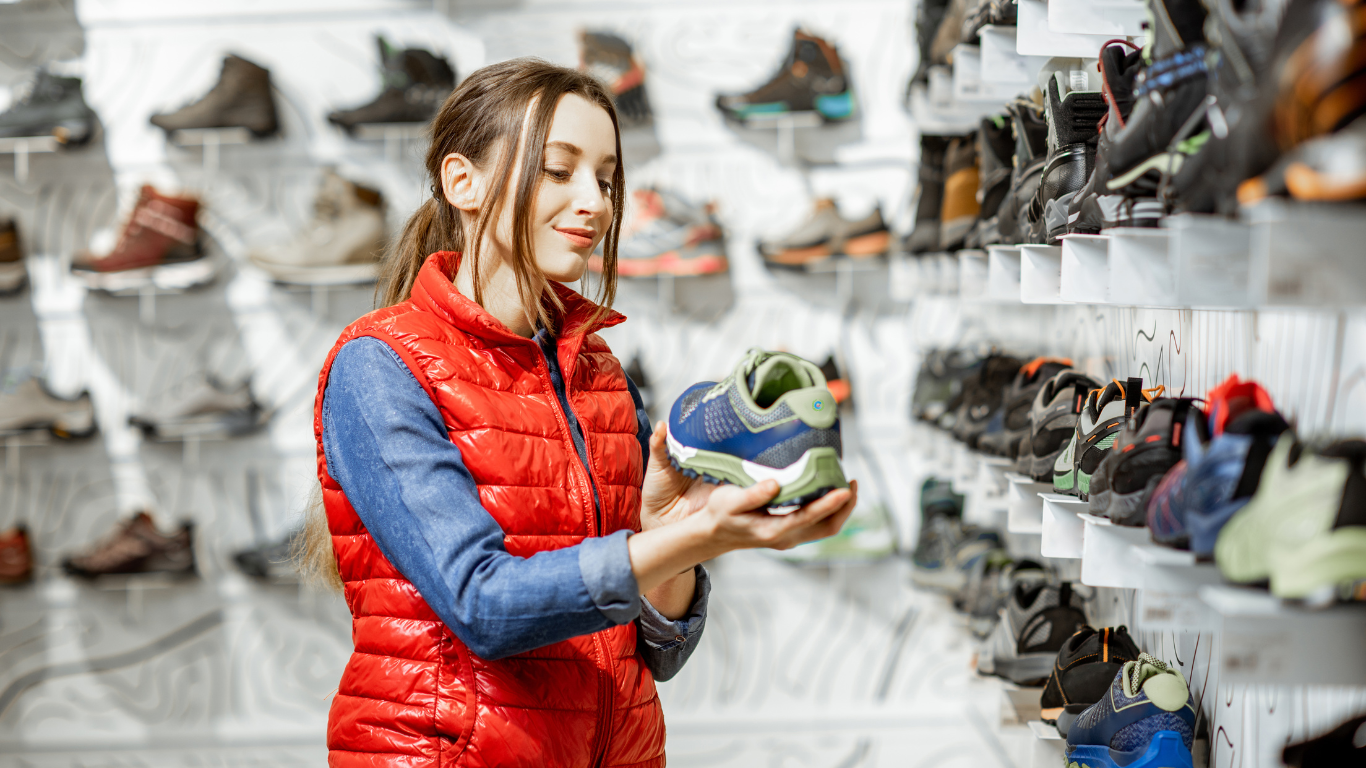





How to Find the Best Shoes for Care Assistants During Long Shifts
Did your last shift go smoothly, or did it come with a high service-user volume, unexpected floor emergencies, and stressful interactions? Regardless of the day's challenges, one thing that shouldn't add to your worries is foot discomfort. Long shifts are tough enough without adding foot pain to the mix.
For many care assistants, spending long hours on their feet is a given. Whether it's an 8-hour or 12-hour shift, standing and walking for extended periods can lead to significant foot strain. Foot health might not always be top of mind, but investing in the best shoes for long shifts can make a world of difference.
Common Foot Disorders Among Care Assistants
Care assistants often underestimate the number of steps they take during a shift. For many care assistants, spending long hours on their feet is a given. Whether it's an 8-hour or 12-hour shift, you might walk around 5,938 steps in an 8-hour shift or approximately 9,003 steps in a 12-hour shift.The right footwear can alleviate discomfort and prevent injury.
Prolonged standing can lead to various foot disorders, such as plantar fasciitis, which causes heel pain due to inflammation. Other common issues include stress fractures, bunions, and Achilles tendonitis. According to studies, pain is the most common foot and ankle disorder among care assistants, with numbness, burning sensations, structural deformities, and calluses also reported.
Foot pain is often linked to improper footwear, lack of arch support, and insufficient cushioning. Care assistants who work longer hours are more likely to experience chronic foot pain. The right shoes can help prevent fatigue and long-term health issues.
Choosing the Best Shoes for Care Assistants
When selecting shoes for long shifts, prioritise comfort and safety. Here are key features to look for:
Comfort: Proper cushioning can alleviate foot pain and prevent conditions like plantar fasciitis. Shoes with memory foam, gel inserts, or air cushioning offer excellent comfort.
Support: Look for shoes with good arch support to maintain foot health and reduce strain on your back and joints. Shoes with built-in arch support or removable insoles for orthotics are ideal.
Durability: Opt for shoes made from durable materials that can withstand the demands of a busy care environment. Though they might be more expensive initially, durable shoes can save money in the long run.
Slip-Resistant Soles: In environments prone to spills and wet surfaces, slip-resistant soles are crucial for preventing slips and falls. They offer better traction and stability.
Secure Fit: Well-fitting shoes prevent blisters and other foot issues. Ensure there's enough room for your toes to move comfortably.
Breathability: Shoes made from mesh or other breathable fabrics help keep your feet cool and dry, reducing the risk of blisters and infections.
Ease of Cleaning: Choose shoes that are easy to clean, such as those made from leather or synthetic materials. Regular maintenance involves wiping them down with a damp cloth and mild soap.
An Investment in Comfort
Finding the best shoes for long shifts ensures you stay comfortable and reduces the risk of foot injuries. By considering features such as arch support, breathability, and ease of cleaning, you can make an informed decision that enhances your well-being.
Investing in high-quality footwear allows you to focus on your role and your patients rather than foot discomfort. Remember, the right pair of shoes can make all the difference in surviving and thriving through demanding shifts.
The Best Shoes for Long Shifts
For long shifts, comfort and safety should be your top priorities when choosing footwear. Opt for slip-resistant shoes that provide both cushioning and support. Here are some recommended brands that offer a great blend of safety features and style:
Whether you’re a fellow healthcare worker or are just looking for some ultra-comfy sneakers, these CA-loved pairs deserve a spot in your closet.










